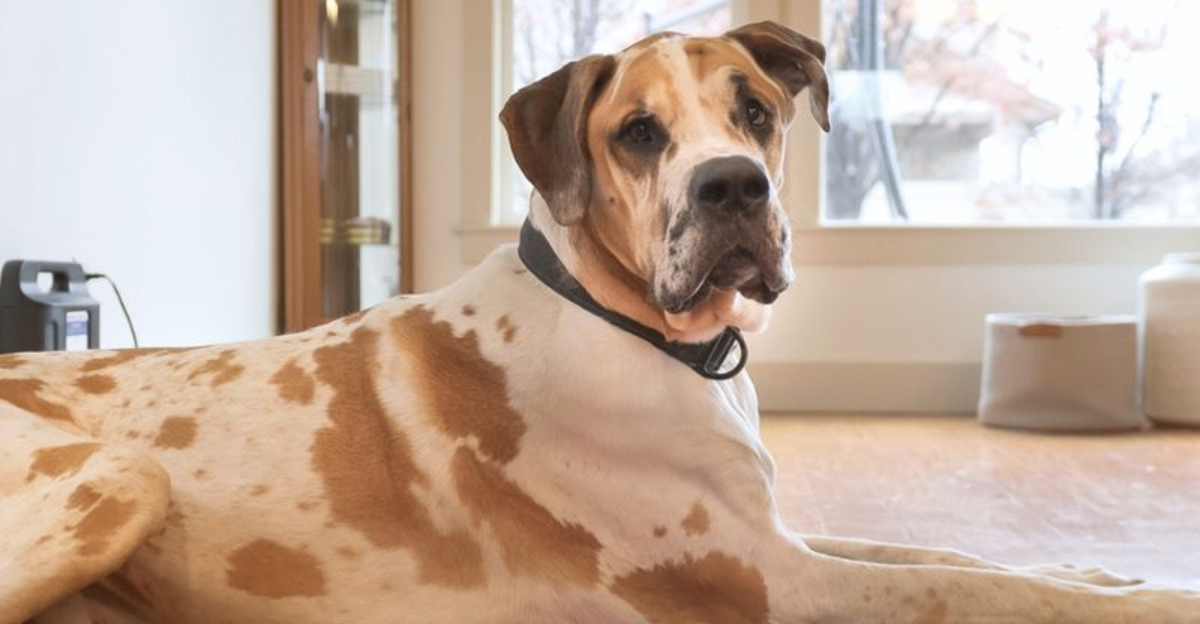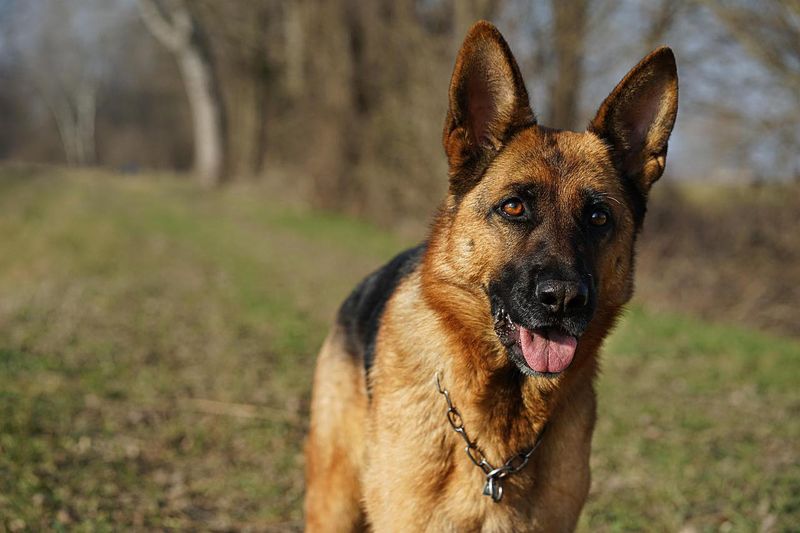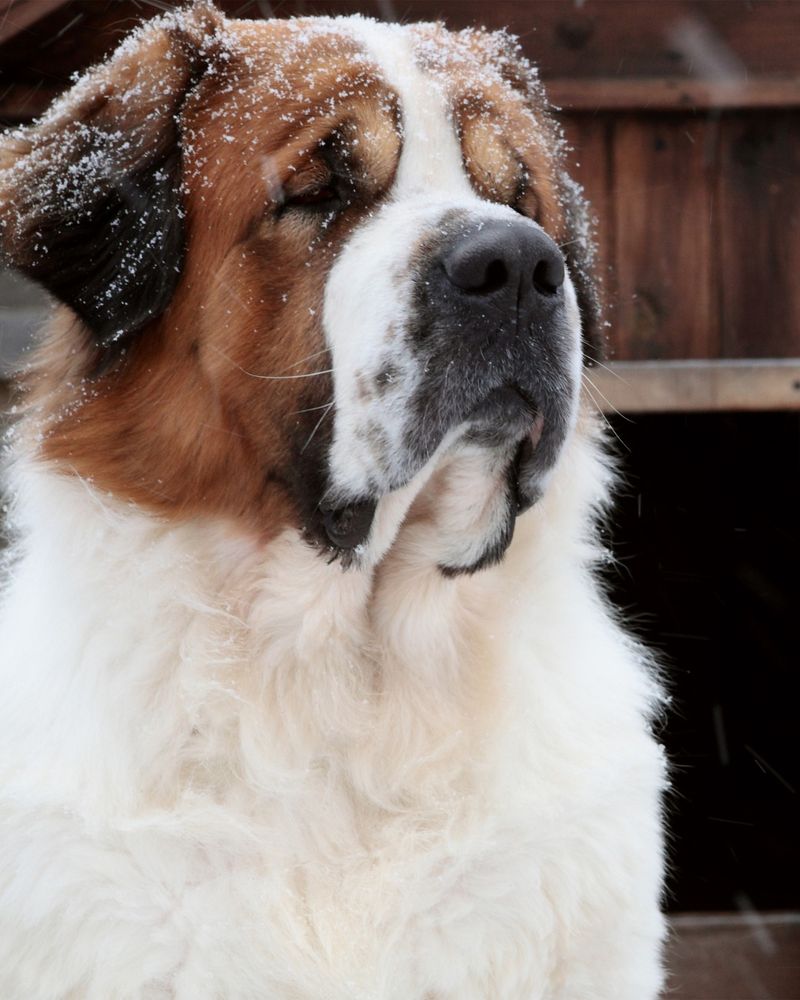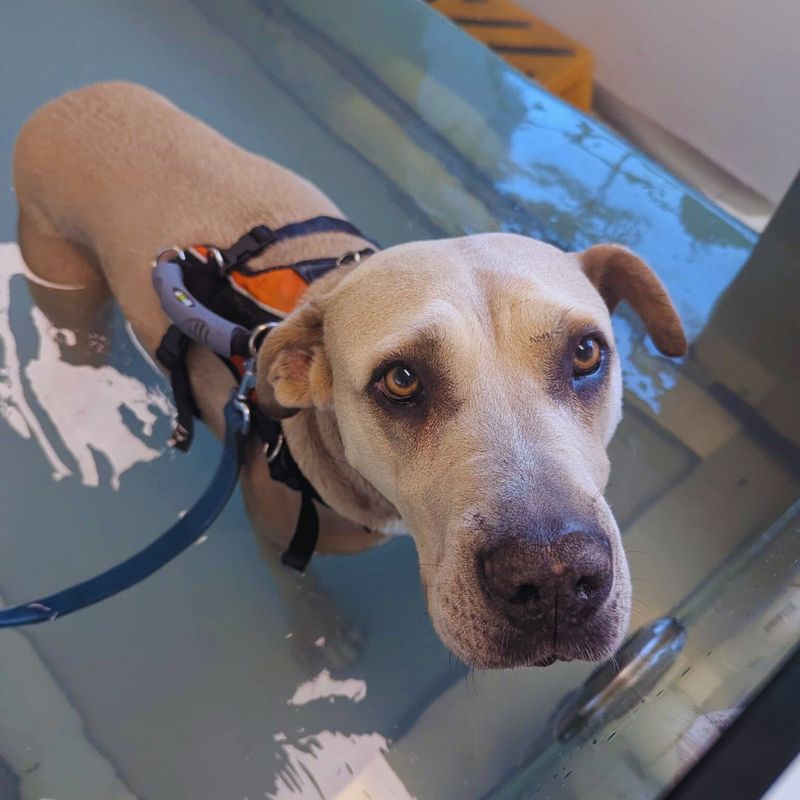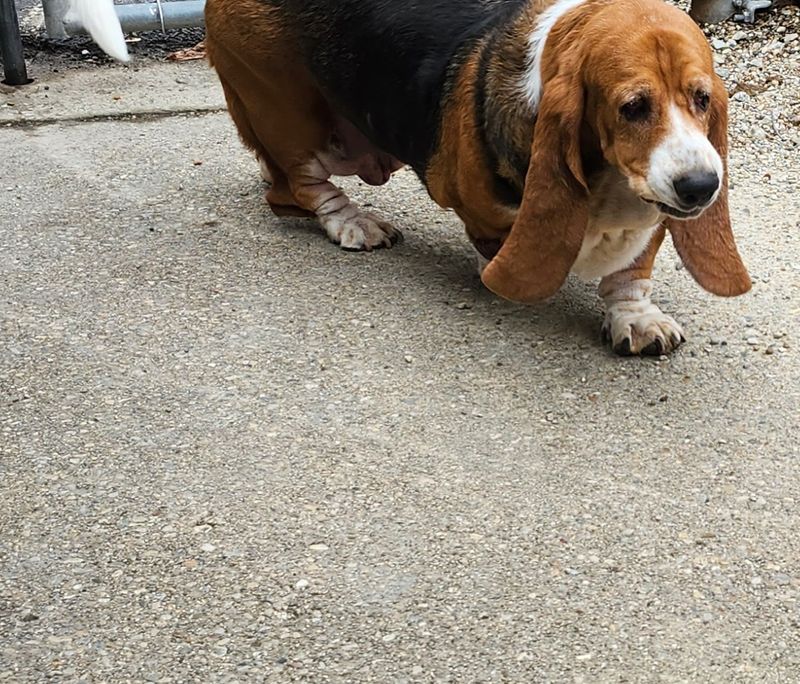Joint issues in dogs can limit their mobility and cause significant discomfort. Certain breeds are more prone to these problems, often due to their size, weight, or genetic predisposition. Understanding which breeds are at risk can help owners take preventive measures to support their furry friend’s health and well-being. Here, we explore twelve dog breeds that, according to veterinarians, tend to develop joint issues over time.
Labrador Retriever
Labrador Retrievers, known for their boundless energy and friendly nature, are prone to joint issues, particularly hip dysplasia.
This condition is due to their larger size and genetic predisposition. Regular exercise and a healthy diet can help mitigate these risks.
Despite their vulnerabilities, Labs remain a favorite choice for families. Their love for playtime is matched only by their affectionate companionship. Early veterinary checks are advised to monitor joint health. Did you know? Labradors are among the most popular breeds in the United States, cherished for their loyalty.
German Shepherd
German Shepherds, with their intelligent and protective demeanor, often face joint issues like hip and elbow dysplasia.
Their active lifestyle requires vigilant care to prevent these conditions. Consistent exercise and monitoring weight are crucial for their well-being.
These dogs serve in various roles, from service dogs to family protectors. Their loyalty and courage are unparalleled. Fun fact: German Shepherds were originally bred for herding and have since become one of the top working dogs worldwide.
Golden Retriever
Golden Retrievers, famous for their friendly and tolerant nature, are susceptible to joint issues such as hip dysplasia due to their genetics.
Their playful spirit necessitates care to keep joints healthy. Regular vet visits and a balanced diet can help manage potential issues.
These dogs are beloved for their gentle demeanor and intelligence. Their eagerness to please makes them excellent therapy dogs. Did you know? Golden Retrievers originated in Scotland during the late 19th century, bred for retrieving game during hunts.
Rottweiler
Rottweilers, with their powerful build and protective instincts, are prone to hip and elbow dysplasia.
Their muscular frame requires proper exercise to maintain joint health. A nutritious diet and regular check-ups are essential for prevention.
Known for their loyalty and courage, Rottweilers make excellent guardians. Their calm yet assertive temperament is respected by enthusiasts. Fun fact: Rottweilers were originally used to pull carts and herd livestock in Roman times, reflecting their strength and endurance.
Bernese Mountain Dog
The Bernese Mountain Dog, with its gentle giant persona, faces joint issues like hip and elbow dysplasia more frequently.
Their large size and weight contribute to these challenges, requiring owners to be mindful of their activity and nutrition.
Despite these concerns, Bernese Mountain Dogs are adored for their affectionate nature and striking appearance. With proper care, they thrive as loving companions. Did you know? This breed hails from the Swiss Alps, where they were used as farm dogs for pulling carts and driving cattle.
Newfoundland
With a heart as big as its paws, the Newfoundland is every child’s gentle guardian but also prone to joint issues like hip dysplasia.
Their large size and weight necessitate careful management to prevent joint strain. Swimming is a beneficial exercise for them.
These gentle giants are revered for their patience and kindness, especially around children. They’re natural swimmers, often rescuing people from water. Fun fact: Newfoundlands are known for their webbed feet, aiding their swimming prowess.
Saint Bernard
Saint Bernards, famous for their role as rescue dogs in the Swiss Alps, also tend to develop joint issues like hip dysplasia.
Their massive size can exacerbate these problems, so weight management is crucial. Regular vet visits can help monitor their joint health.
Known for their gentle and patient nature, Saint Bernards are excellent family dogs. They’re often depicted as heroic rescue dogs in media. Did you know? Saint Bernards are named after a monk who established a hospice in the Swiss Alps to assist travelers.
Great Dane
The Great Dane, known for its towering stature, is susceptible to joint issues, particularly hip dysplasia.
Their rapid growth and large frame place stress on their joints, necessitating careful diet and exercise routines.
Despite their imposing size, Great Danes are often described as gentle giants. Their affectionate and friendly demeanor makes them beloved family members. Did you know? The Great Dane is often referred to as the “Apollo of dogs” due to its majestic appearance and noble character.
Bulldog
Bulldogs, with their distinctive appearance and loving nature, are prone to joint issues such as hip dysplasia.
Their stocky build and genetic predisposition contribute to these health challenges. Maintaining a healthy weight and regular vet check-ups are essential.
Despite their health concerns, Bulldogs are known for their gentle companionship and unique charm. Their loyalty and endearing expressions make them a popular pet choice. Did you know? Bulldogs were originally used for bull-baiting, but now they’re content as loving family pets.
Boxer
Boxers, celebrated for their playful and energetic nature, often face joint issues like hip dysplasia.
Their athletic build requires proper care and exercise to maintain joint health. Regular vet visits and a balanced diet are pivotal.
These dogs are cherished for their protective instincts and boundless energy. Their playful antics bring joy to many households. Fun fact: Boxers were one of the first breeds employed as police dogs in Germany due to their intelligence and strength.
Mastiff
Mastiffs, known for their imposing size and gentle temperament, are prone to joint issues like hip dysplasia.
Their large weight exerts pressure on their joints, requiring attentive care and weight management.
Despite their formidable appearance, Mastiffs are affectionate and loyal companions. Their calm nature makes them excellent family dogs. Did you know? Mastiffs have a history dating back thousands of years, serving as guard dogs for ancient civilizations.
Basset Hound
With its droopy ears and soulful eyes, the Basset Hound is susceptible to joint issues, particularly hip and elbow dysplasia.
Their short legs and elongated body contribute to these challenges. Careful exercise and monitoring are vital for joint health.
These hounds are beloved for their friendly disposition and keen sense of smell. They’re often depicted as comical and endearing pets. Did you know? Basset Hounds have one of the best noses in the canine world, second only to the Bloodhound.
